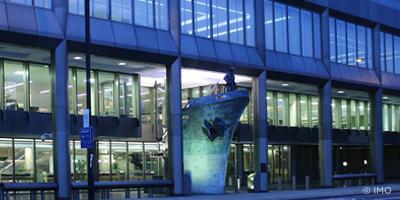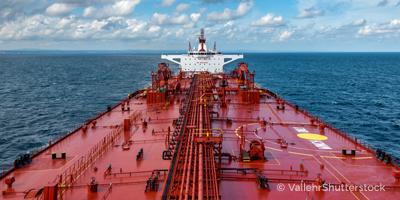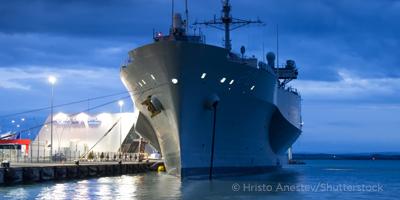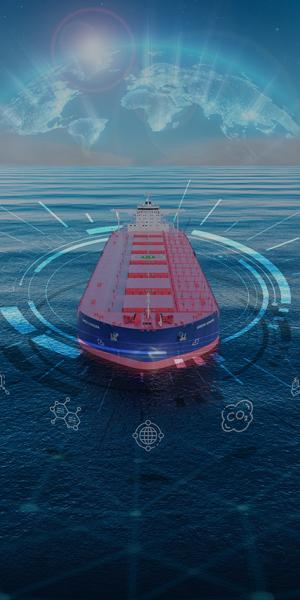Quick Links
Safety of Life at Sea (SOLAS) Convention Updates
To address inconsistencies with Parts B 1, B 2, and B 4 of SOLAS Chapter II 1, which had developed due to amendments over time, a collection of amendments was approved primarily focused on openings in watertight boundaries. Subjects addressed by these amendments include:
- Openings in collision bulkheads
- Openings in watertight boundaries below the bulkhead deck in passenger ships
- Openings in the shell plating below the bulkhead deck of passenger ships and the freeboard deck of cargo ships
- Internal watertight integrity of passenger ships above the bulkhead deck
Effective Date: January 1, 2024
Source: MSC.474(102)

To improve safety related to mooring equipment, amendments were adopted to provide improved standards for the design, inspection, and maintenance of equipment and lines. For all new and existing ships, regardless of size or date of construction, mooring equipment will be subject to new inspection and maintenance requirements, and MSC.1/Circular 1620, Guidelines for Inspection and Maintenance of Mooring Equipment Including Lines, was approved to provide standardized guidance for these inspections. For new ships of 3,000 GT and above, the mooring arrangement and equipment used during normal operation of the ship must meet the requirements of MSC.1/Circular 1619, Guidelines on the Design of Mooring Arrangements and the Selection of Appropriate Mooring Equipment and Fittings for Safe Mooring.
Effective Date: January 1, 2024
Sources: MSC.474(102), MSC.1/Circular 1619, and MSC.1/Circular 1620

Amendments to SOLAS Chapter II 1 were adopted in new Regulation 25 1, which addresses water level detection requirements for multiple hold cargo ships (other than bulk carriers and tankers). The new regulation will require such vessels to be fitted with water level detectors in each cargo hold intended for dry cargoes, regardless of length. The regulation calls for water level detectors to alarm at water levels not less than 0.3 m above the bottom of the cargo hold and at water levels of 15% of the depth of the cargo hold (but not more than 2 m). As an alternative to the water level detector at a height of not less than 0.3 m, a bilge level sensor serving the bilge pumping arrangement is required by Regulation II 1/35 1 to be installed in the cargo hold bilge wells or another suitable location considered acceptable, subject to:
- The fitting of the bilge level sensor at a height of no less than 0.3 m in the aft end of the cargo hold
- The bilge level sensor providing an audible and visual alarm at the navigation bridge that is clearly distinctive from the alarm given by other water level detectors fitted in the cargo hold
Effective Date: January 1, 2024
Source: MSC.482(103)

Several amendments were adopted for the Guidelines for the Maintenance and Inspection of Fixed Carbon Dioxide Fire-Extinguishing Systems (MSC.1/Circular 1318) to address concerns about a lack of clarity in the standard regarding the frequency of hydrostatic testing required for storage cylinders.
The amended standard will require that at the 10-year inspection of the system, at least 10% of the total number of cylinders be tested. Before the 20th anniversary and every 10th anniversary afterward, all remaining bottles would be subject to a hydrostatic test.
The standard also clarifies that when cylinders are removed for testing, they should be replaced so that the quantity of fire-extinguishing medium continues to satisfy the requirements of Chapter 5 of the FSS Code. Additionally, an internal inspection of all control valves should be performed at least once every five years.
Effective Date: May 25, 2021
Source: MSC.1/Circular 1318, Revision 1

A unified interpretation was adopted to clarify the designation of a pantry space as an “isolated pantry containing no cooking appliances in accommodation spaces” to determine the required space categorization for fire-rated boundaries.
Such spaces are defined as pantries enclosed in an accommodation space and only accessible from accommodation spaces and the open deck. The interpretation distinguishes such spaces from other types of pantries that may adjoin a main galley space, which would be considered differently for fire-rated boundary requirements.
Effective Date: January 1, 2021
Source: MSC.1/Circular 1634

An amendment was made to clarify that only davit-launched lifeboats will be subject to the requirement of demonstrating the capability of launching and towing while the ship is making headway at speeds up to 5 knots in calm water. This clarification confirms that free-fall lifeboats will not be subject to this requirement. Corresponding amendments were made to Chapter IV of the LSA Code and the Recommendation on Testing of Life-Saving Appliances (MSC.81(70)) to make the same clarification.
Effective Date: January 1, 2024
Sources: MSC.482(103), MSC.485(103), and MSC.488(103)

The Code of Safe Practice for Cargo Stowage and Securing (CSS Code) provides an international standard for the safe stowage and securing of cargoes in various forms. Amendments to the CSS Code have been adopted to replace the complete text of Annex 13 of the code, “Methods to assess the efficiency of securing arrangements for semi-standardized and non-standardized cargo.”
Effective Date: December 7, 2020
Source: MSC.1/Circular 1623

The Guidelines for the Preparation of the Cargo Securing Manual are intended to provide a uniform approach to preparing cargo securing manuals. Updates to these guidelines were adopted to align with the previous amendments to the CSS Code.
Similarly, updates to the Guidelines for Securing Arrangements for the Transport of Road Vehicles on Ro-Ro Ships were adopted to align with the CSS Code amendments.
Effective Dates: November 11, 2020 and December 7, 2020
Sources: MSC.479(102) and MSC.1/Circular 1353, Revision 2




